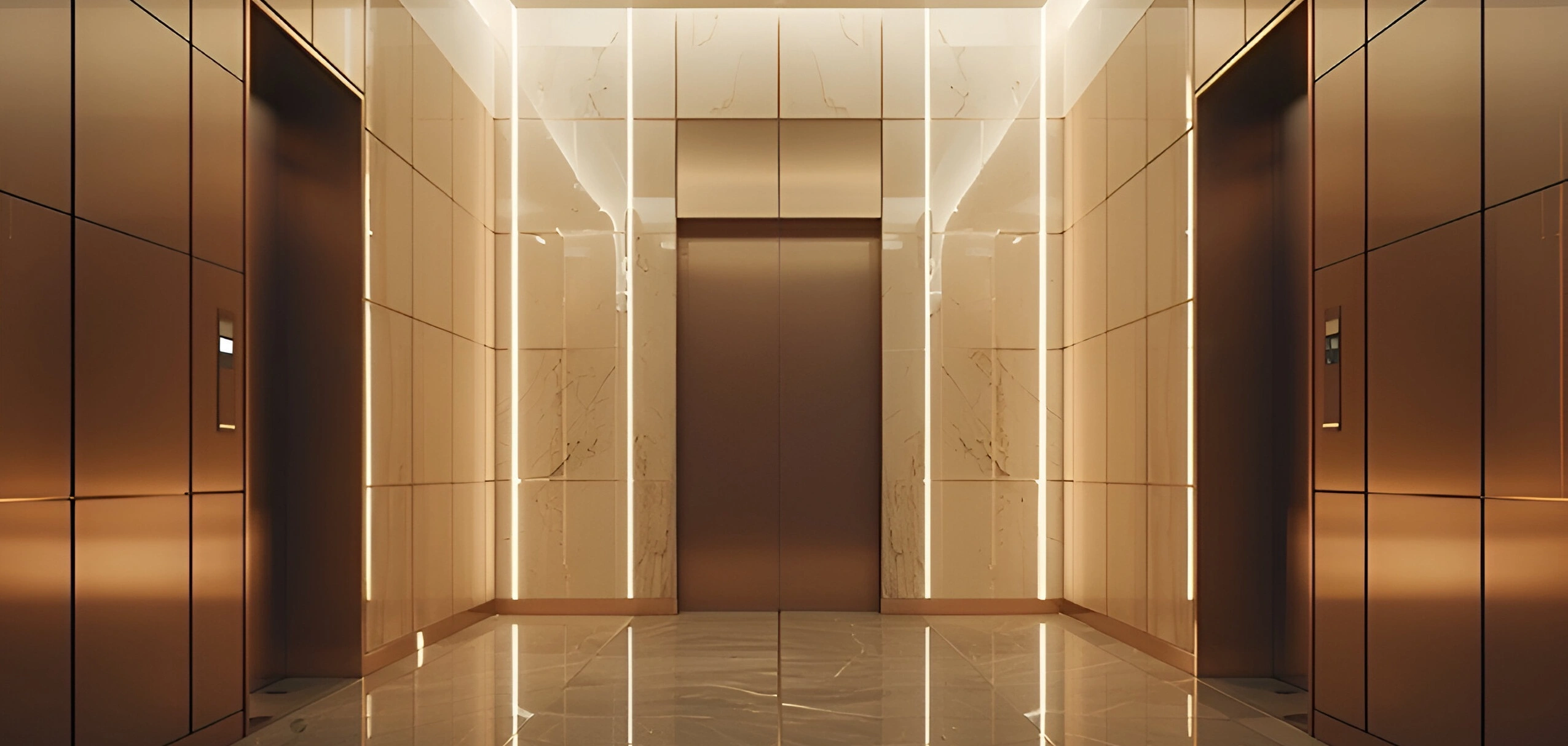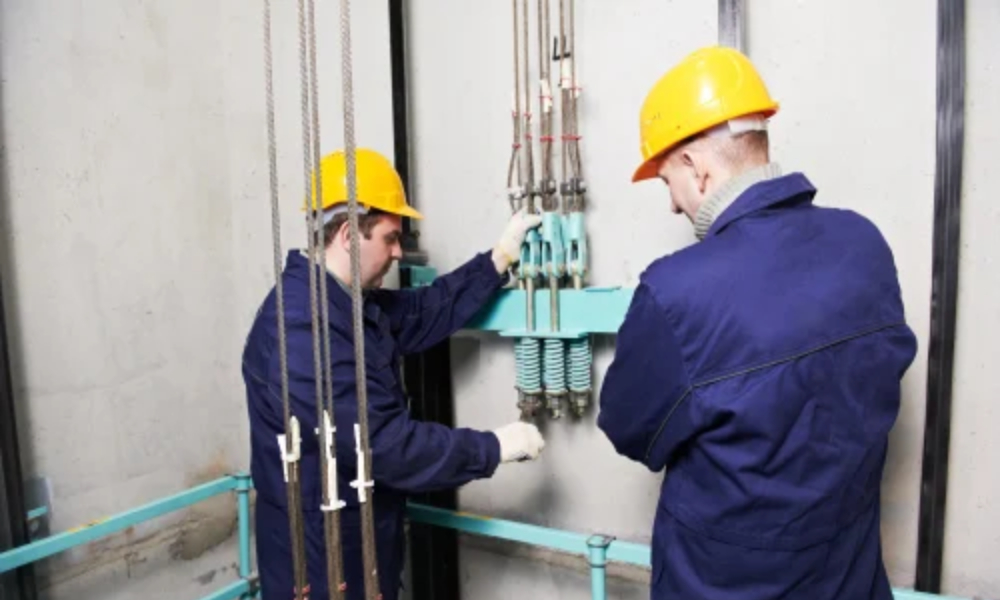
Lift/Elevator/Escalator Installation Services in Uttarakhand | DT Allianz Lifts
Home Lift/Elevator/Escalator Installation Services in Uttarakhand | DT Allianz Lifts

Date :2025-06-21
Uttarakhand, long known for its royal architecture and historical forts, is now rising in a new way—vertically. With modern infrastructure, high-rise buildings, and commercial complexes becoming the norm in cities like Jaipur, Udaipur, Jodhpur, and Kota, the demand for efficient and reliable lift, elevator, and escalator installation services is at an all-time high. From residential apartments and villas to hospitals, malls, and industrial facilities, vertical transportation is becoming an essential component of modern living and working.
This blog explores the growing vertical transport sector in Uttarakhand, highlighting installation types, benefits, processes, and frequently asked questions, with insights into how you can make the best choice for your project.
As urbanization accelerates in Uttarakhand, buildings are not just spreading outward—they’re reaching upward. Mid-rise and high-rise construction projects are emerging across residential, healthcare, and commercial segments, requiring well-engineered lift and escalator systems to ensure accessibility, convenience, and safety.
Several factors drive this surge in demand:
Used in residential buildings, offices, and commercial spaces, these elevators are designed for the safe and comfortable transportation of people. They vary in size, speed, design, and technology.
Compact and stylish, home lifts are increasingly popular in private residences and villas. These systems often feature energy-efficient motors, minimal civil work, and sleek designs that blend with interior décor.
Built to accommodate stretchers, wheelchairs, and patient movement, these elevators prioritize smooth motion, reliability, and hygiene. They are often fitted with backup power and anti-microbial surfaces.
Essential for industries and warehouses, these heavy-duty lifts handle the transportation of goods and materials across floors, often with reinforced cabins and high load capacity.
These are vital in public places such as malls, airports, and transit hubs, providing fast and convenient vertical movement for large volumes of people.
An initial site visit helps determine the shaft size, building structure, number of floors, and usage pattern. The technical team gathers data to recommend the appropriate system.
Based on the findings, a customized design is created. It includes cabin size, speed, control system, and aesthetics. A detailed quotation is shared, outlining equipment costs, installation charges, and maintenance terms.
Before installation, the building must be prepared. This involves ensuring shaft readiness, machine room access (if needed), electrical connections, and pit construction.
All lift or escalator components are transported to the site. Technicians carry out structural assembly, install guide rails, wire the electrical systems, mount the cabin, and integrate the control systems.
After installation, thorough safety tests are conducted. The system is tested under load conditions, emergency scenarios, and power failure simulations. Certifications are issued once all parameters are met.
The building’s staff or residents are trained on basic operations, safety protocols, and emergency procedures. Maintenance schedules and documentation are provided.
Prices typically range between â¹10–22 lakhs depending on size, material, automation, and safety features. Home lifts with limited civil work may be slightly more economical.
In apartment buildings or commercial complexes, prices may range from â¹3.5–7 lakhs for a standard elevator. Customizations and higher load capacities can increase costs.
Installation of escalators in public or commercial spaces involves more complex civil integration and typically starts around â¹15–20 lakhs per unit.
Selecting the right service provider is crucial. Here’s what to look for:
One such provider known for its quality, reliability, and safety standards in Uttarakhand is DT Allianz Lifts, offering tailored lift, elevator, and escalator solutions backed by trained professionals and modern technology.
A: Typically, it takes 5 to 7 working days for installation after civil work is completed. Home lifts with modular systems can be installed in 2 to 4 days.
A: Yes. Modern home lifts can be retrofitted in existing structures with minimal civil modifications. Some options do not require a machine room or deep pit.
A: Regular monthly or quarterly maintenance is recommended. AMCs usually include lubrication, safety checks, minor repairs, and emergency support.
A: Yes. Lifts must comply with the Bureau of Indian Standards (BIS) and local government safety regulations. Regular inspections and certifications are often mandatory.
A: Costs typically cover the lift equipment, installation labor, control systems, basic civil adjustments, testing, and commissioning. Some packages may include warranty and initial maintenance.
Whether you’re building a residential complex, commercial tower, hospital, or retail center, a well-installed lift or escalator system is vital to user safety, convenience, and building functionality.
In Uttarakhand’s evolving infrastructure ecosystem, demand for reliable vertical mobility solutions continues to rise. Making the right choice now ensures seamless operations, satisfied users, and long-term value.